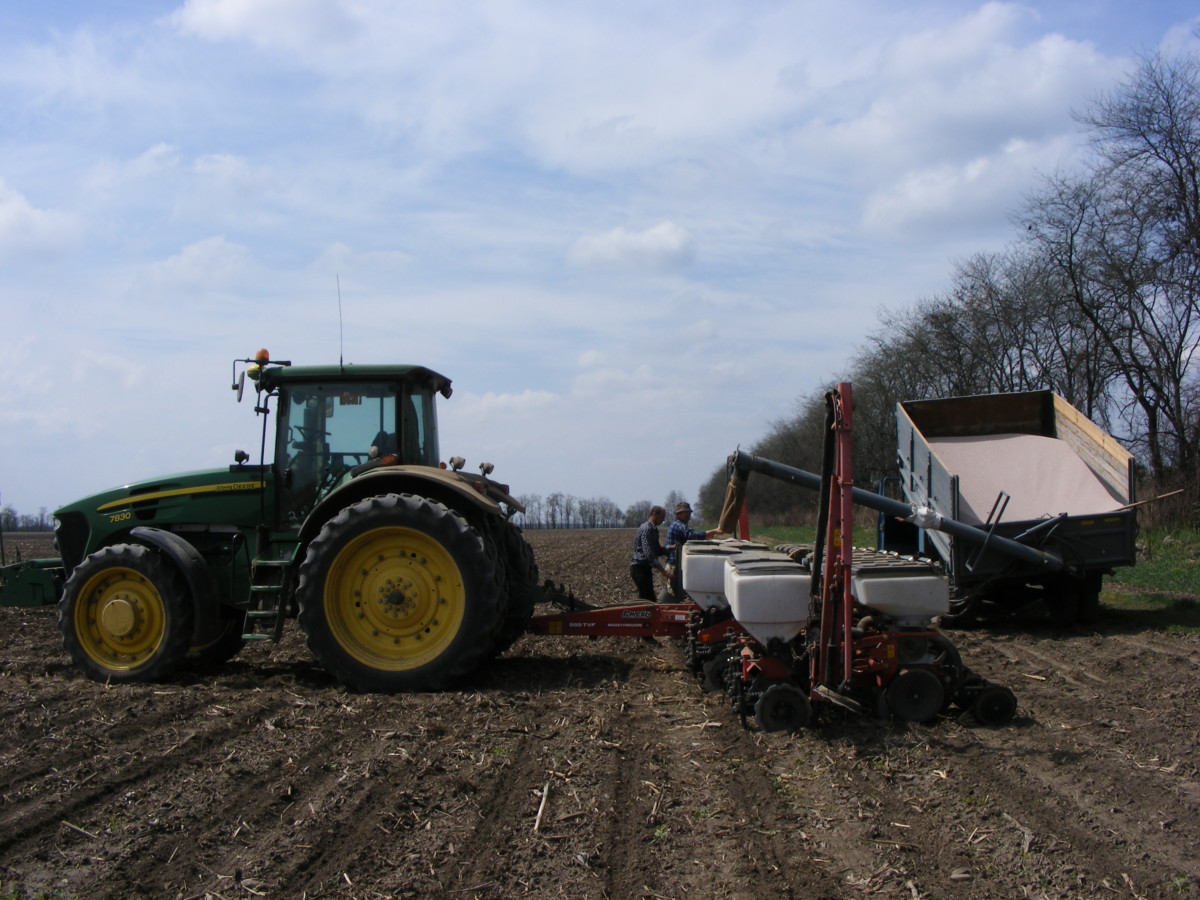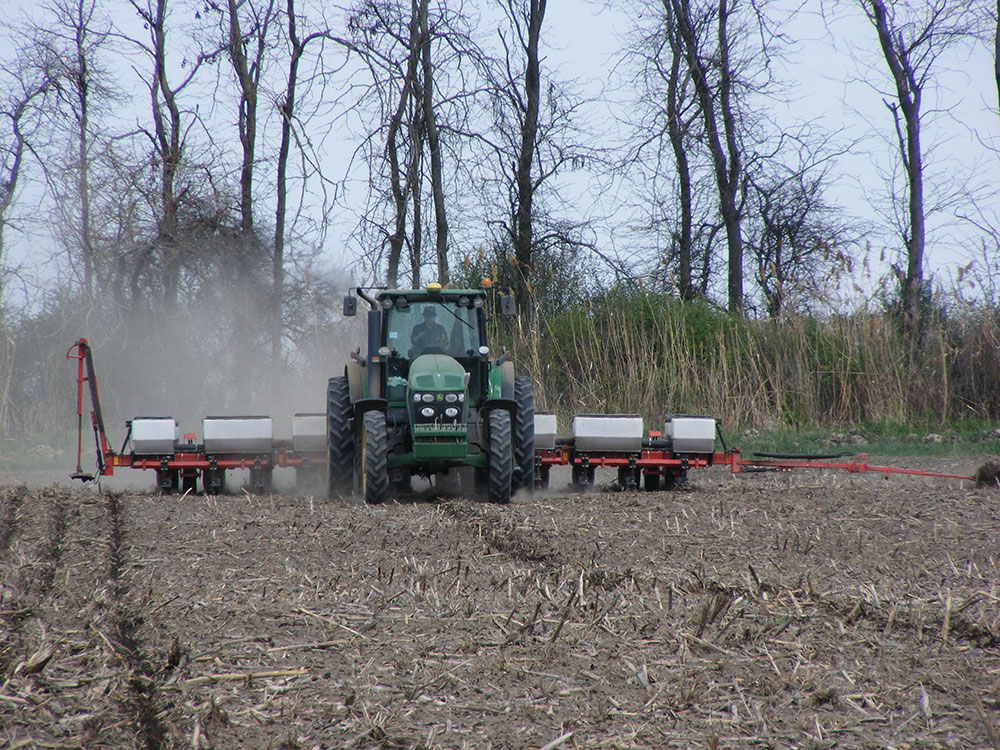the selection and seed production market
Maize seeds begin to germinate at a temperature of 7-9 °C, but it is sowed when the soil warms up to 10-12 °C at a depth of 10 cm.
Long-term observations show that in the early period of sowing, when the soil is not sufficiently warmed at the depth of seeding-down, the emergence of seedlings is delayed for 15-35 days and they are thinned out. According to numerous studies, full seedlings of maize are observed at an average daily soil temperature at a depth of 10 cm: at 8.3-9.2 °C – on 26-38 day; at 12.8-16 °C – on 14-22 day; at 16-18 °C – on 12-13 day; at 18-22 °C – on 11 day and 23-26 °C – on 6-7 day from sowing.
According to the results of worldwide experiments, reasonably early maize sowing terms give the best results in yield.
Sowing in late terms leads to a significant reduction in yield, as the intensive growth and formation of the crop coincide with the hottest and driest period, which is unfavorable for maize.
It is established that the ground germination capacity is always lower than in laboratory conditions, since frequent fluctuations in soil temperature, fungal and bacterial infection in it negatively affect the germination; as a result, part of the seeds sown in the soil does not germinate. Therefore, to obtain the optimum density of planting it is necessary to make an allowance to the seeds sown for 5-10%.
One of the important methods of the most complete usage of the hybrid or varieties biological characteristics is the adequate definition of the optimal density. Based on long-term experiences on studying the influence of density of planting hybrids, different maturity groups, it was determined that the yield may be improved by 15-20% when growing maize at the optimum density. The density of planting per hectare depends on the varietal features of the hybrid, a maturity group, growing conditions (growing area, moisture, mineral nutrition).
It is believed that maize sowings for silage should be sown with greater density than that for grain. However, in the case of overcrowding of crops, many plants remain sterile, i.e. they do not give ears. In this case, it is possible to increase the total harvesting of silage per unit of area, but in this case, the silage will be defective due to the lack of ears and will not have feeding value in animal breeding.
The estimation of the seeds requirement is carried out based on the weight of 1000 seeds and the recommended sowing density (see the table for estimation of seed application rate).
The estimation of seed application rate using the table is as follows. For example, it is required to harvest 60 thousand plants per hectare. First column contains figure 60, opposite this figure in the second column is figure 66,7, i.e. thousands of seeds to be sown (provided that the germination of seeds corresponds to GOST). It is assumed that the weight of 1000 seeds of hybrid will be 250 g, then the seed application rate will be 16.7 kg of seeds per hectare: the intersection of line with number 60 of the first column, wherein the mass of 1000 seeds – 250 gr.
Currently, the relevance of estimation the seed application rate in kilograms is lost, as it should be determined by the number of seeds per hectare. That is why seeds are sold in sowing units indicating the number of seeds in one package.




